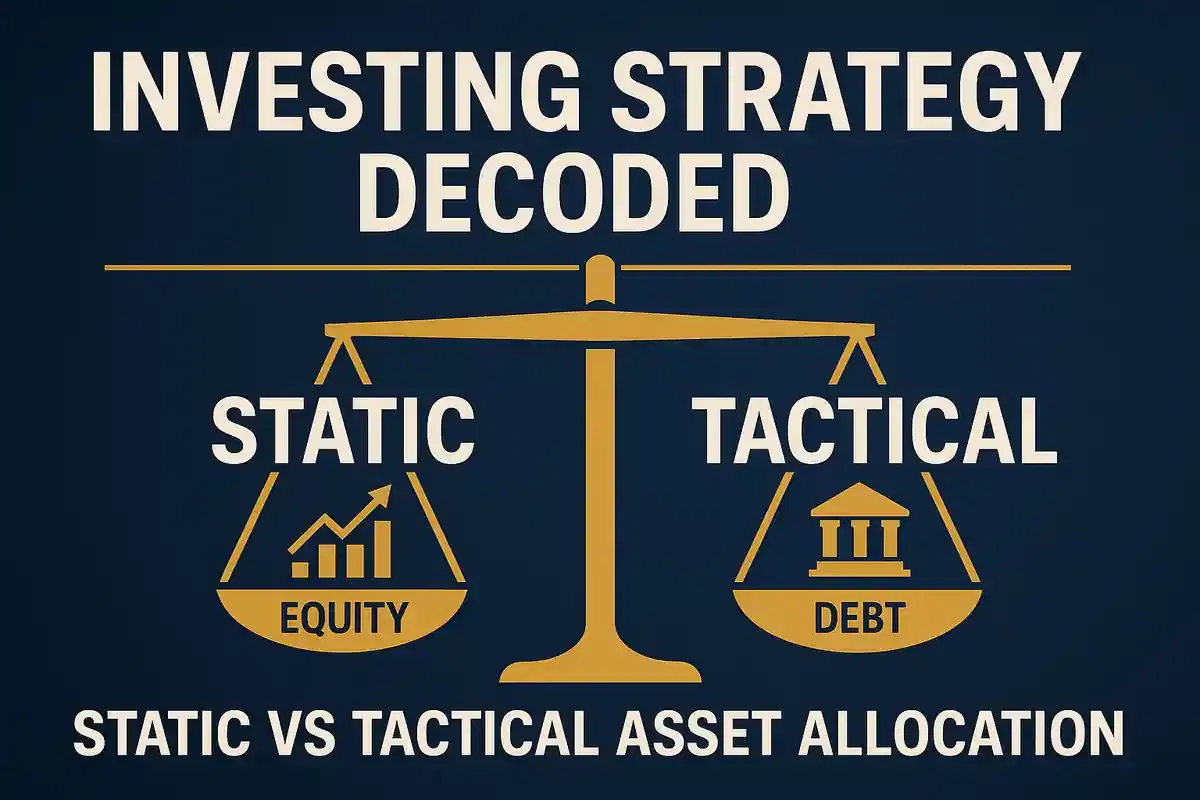Financial Planners Advise Investors to Differentiate Between Static and Tactical Asset Allocation Strategies
Personal Finance
|
28th October 2025, 11:07 AM

▶
Short Description :
Detailed Coverage :
Financial experts are advising investors to clearly differentiate between two primary investment strategies: static asset allocation and tactical asset allocation. Static asset allocation involves maintaining a fixed ratio of assets, such as 50% in equities and 20% in fixed income, regardless of market fluctuations. When an asset's value changes, investors rebalance the portfolio to restore the original percentages.
Conversely, tactical asset allocation involves making short-term, strategic deviations from the static plan based on specific market insights or opportunities. For instance, an investor might decide to temporarily increase exposure to the Information Technology (IT) sector if they anticipate growth. Nikhil Kothari from Etica Wealth Investors suggests that for long-term investment, 70-80% should generally be allocated to equities, with smaller adjustments being tactical calls.
Mohit Gang, co-founder of MoneyFront, recommends a portfolio 'look-around' every six months and a full rebalance annually. The choice between static and tactical allocation depends on an investor's risk tolerance and portfolio management style. By understanding and applying these strategies, investors can better align their portfolios with their long-term financial goals while potentially capitalizing on short-term market movements.
Impact: This advice can help investors make more informed decisions about managing their portfolios, potentially leading to better risk-adjusted returns and a clearer path towards achieving their financial objectives. Rating: 7/10.